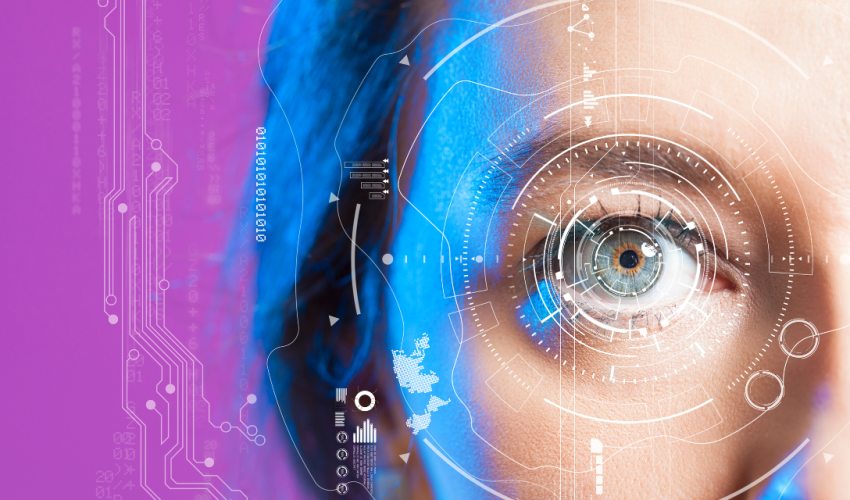In the span of the last half-century, the manner in which we interact with technology has undergone a remarkable transformation. From the early days of room-sized computers operated by rows of switches and punch cards, to the sleek, touch-screen devices that fit snugly into our pockets, each leap forward has brought technology closer to becoming an extension of ourselves. Yet, as we stand on the brink of a new era, it’s clear that the journey of technological integration is far from complete. The future beckons with possibilities of devices and form factors that promise to further blur the lines between technology and humanity, powered by the ever-evolving capabilities of Artificial Intelligence (AI).
Beyond the Keyboard and Mouse: A New Paradigm of Interaction
The traditional setup of a computer with a keyboard, mouse, and screen has served us well, offering a window into the digital world. However, this mode of interaction inherently maintains a barrier between the user and the digital universe. As we look to the future, the question arises: how can we make technology more seamless, more intuitive, and more inherently integrated with our daily lives?
Enter the realm of advanced wearables and AI-enabled interfaces. Imagine a world where your watch not only tells time but also anticipates your needs, sending messages, setting reminders, and even making decisions on your behalf based on your preferences and habits. Or consider glasses that overlay digital information onto the real world, allowing you to interact with virtual objects and data as naturally as you would with physical ones. These are not mere flights of fancy but the next steps in the evolution of technology, where the device becomes almost invisible, yet its presence and assistance are ubiquitous.
The Role of AI in Shaping Future Devices
AI stands at the heart of this transformation, not just as a tool but as a collaborator. It’s AI that will enable these new devices to understand and predict our needs, to process vast amounts of data in real-time, and to interact with us in more human-like ways. Voice assistants like Siri and Alexa are just the beginning; the future lies in AI that can engage in meaningful dialogue, learn from interactions, and even express empathy.
This shift towards AI-driven interfaces will necessitate a rethinking of design philosophies. The focus will move away from screens and buttons to more natural forms of interaction such as voice, gesture, and even thought. Technologies like augmented reality (AR) and virtual reality (VR) will play a significant role, offering immersive experiences that integrate seamlessly with the real world.
Ethical Considerations and the Human Touch
As we venture into this new era, it’s crucial to address the ethical implications of such deeply integrated technology. Privacy, security, and the potential for over-reliance on technology are concerns that must be carefully navigated. Moreover, maintaining the human touch in an increasingly digital world will be essential. Technology should enhance our lives, not detract from the richness of human experience.
Conclusion: A Future Integrated Yet Balanced
The future of technology, shaped by AI and innovative form factors, promises a world where digital interaction is as natural and intuitive as breathing. Yet, as we embrace these advancements, we must also strive to maintain a balance, ensuring that technology serves to augment our human experience rather than diminish it. The journey ahead is as much about discovering new possibilities as it is about preserving the essence of what makes us human. In this exciting future, the ultimate goal is not just to create technology that integrates with us but technology that enhances our connection to the world and to each other.
